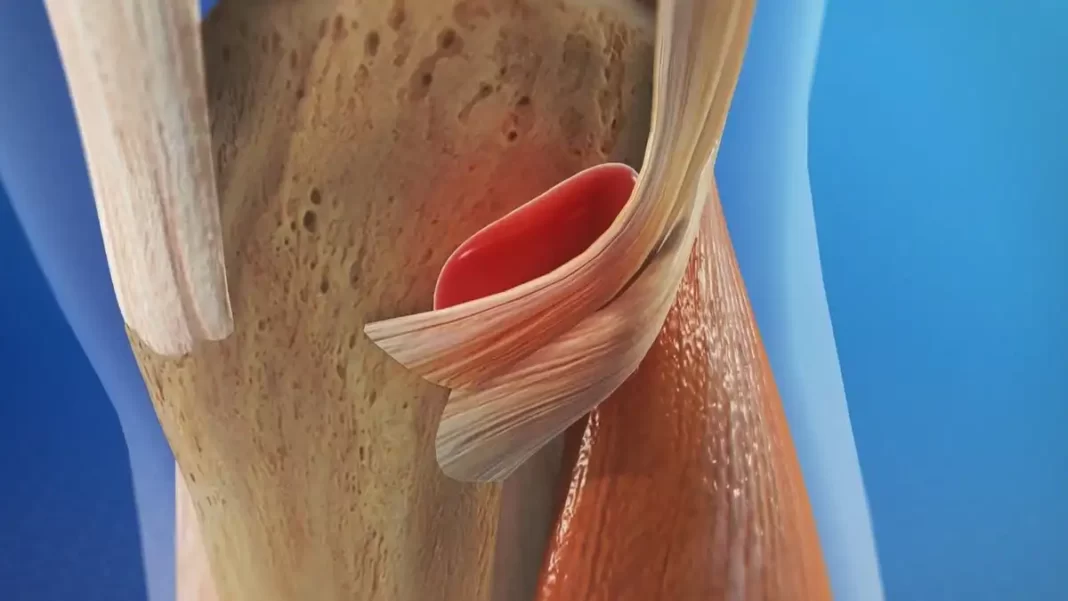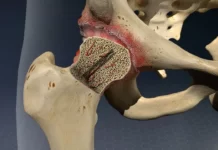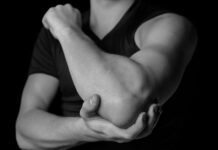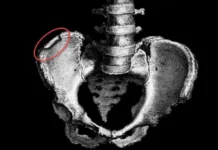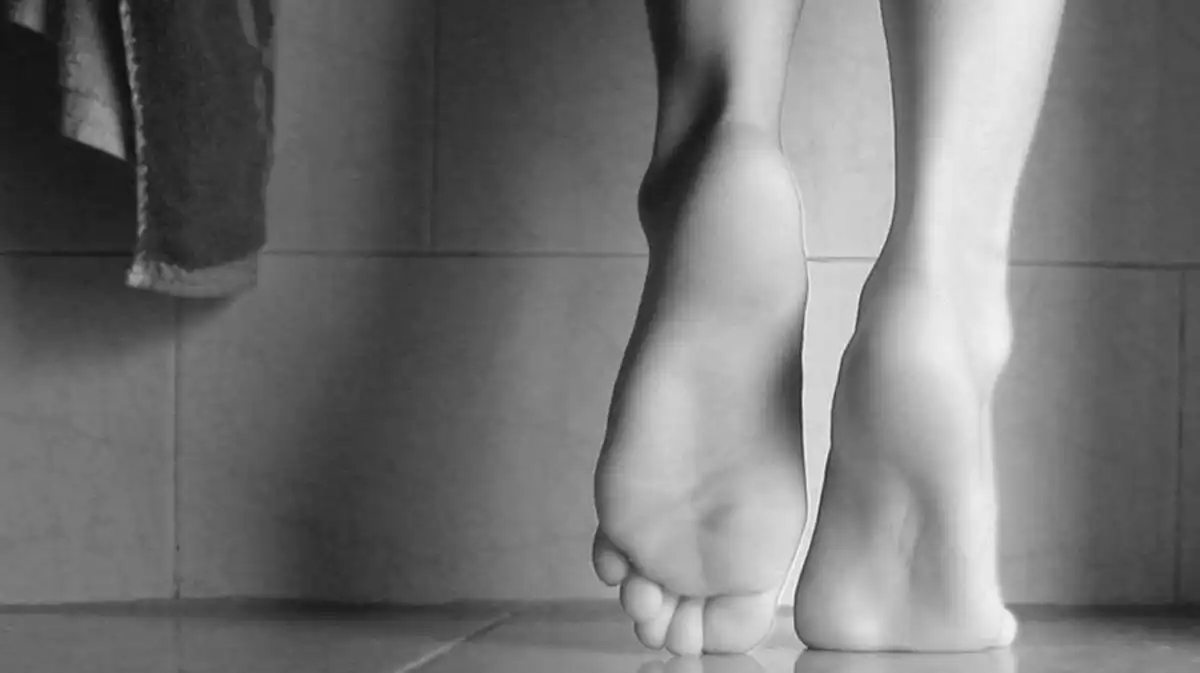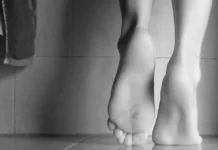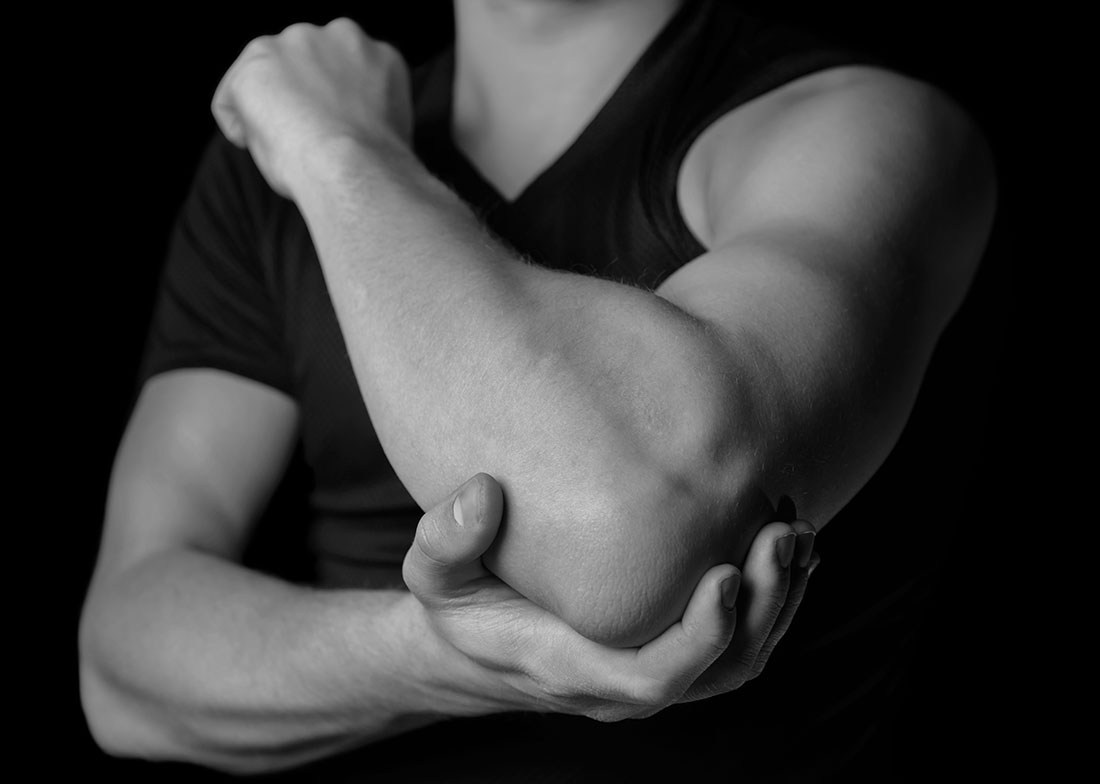Introduction
Bursitis anserine is a painful condition that results from inflammation of the bursa located between the tendons of the pes anserinus muscles (sartorius, gracilis and semitendinosus) and the tibia bone on the inside of the knee. This condition, although less common than other forms of bursitis, can cause significant discomfort and affect the quality of life of affected individuals.
Characteristic symptoms of anserine bursitis include pain on the inside of the knee, usually slightly below the kneecap. The pain may be felt when flexing or extending the knee, and is often more pronounced when putting direct pressure on the inflamed area. Activities such as walking, going up or down stairs, and playing sports can make symptoms worse.
Several factors can contribute to the development of bursitis anserine. One common cause is overuse or overuse of the pes anserinus muscles, commonly seen in runners, cyclists, or people engaged in activities involving repetitive knee movements. Poor exercise technique or sudden changes in the intensity or frequency of physical activities can increase the risk of developing this condition.
Anatomical problems such as bowed leg, excessive internal rotation of the tibia, or knee instability can also contribute to anserine bursitis. These factors can lead to increased pressure on the bursa, thereby promoting inflammation.
People with underlying medical conditions such as knee arthritis, diabetes, or obesity may also be more likely to develop bursitis anserine. These pre-existing conditions can impair the normal structure and function of the knee, creating a favorable environment for inflammation of the bursa.
The diagnosis of bursitis anserine often relies on a thorough physical examination, including evaluation of the patient’s medical history and the precise location of the pain. Imaging tests such as ultrasound or MRI may be used to confirm the diagnosis and rule out other knee conditions.
Treatment of anserine bursitis aims to relieve pain, reduce inflammation and prevent recurrence. It may include conservative measures such as rest, ice application, knee elevation, and nonsteroidal anti-inflammatory drugs.

Causes
Anserine bursitis, characterized by inflammation of the bursa located between the tendons of the pes anserinus muscles and the tibia bone inside the knee, finds its origin in various factors. Understanding these causes is essential to effectively diagnosing and treating this painful condition.
One of the main causes of anserine bursitis is overuse of the pes anserinus muscles, formed by the sartorius, gracilis and semitendinosus muscles. Repetitive movements of the knee, such as walking, running, cycling, or regular sporting activities that intensely use these muscles, can lead to inflammation of the bursa.
Exercise technique errors also contribute to the development of anserine bursitis. Poor posture during training, incorrect movements or sudden changes in exercise intensity can increase stress on the bursa, promoting inflammation.
Certain anatomical factors can increase susceptibility to anserine bursitis. A bowed leg, excessive inward rotation of the tibia, or instability of the knee can create favorable conditions for increased pressure on the bursa, leading to its inflammation.
Pre-existing medical conditions also play a role in triggering bursitis anserine. Knee arthritis, diabetes, obesity, or other health conditions that affect the structure and function of the knee may predispose to this inflammation of the bursa.
Repetitive trauma, such as excessive impact or friction to the knee area, can also be triggers for bursitis anserine. These injuries can result from a variety of activities, including contact sports or poorly performed repetitive movements.
- Overloads or Excessive Pressure: Repetitive activities that put excessive strain on the knee region, such as running, prolonged walking, or carrying heavy loads, can cause overload on the bursa, thereby promoting inflammation.
- Postural Changes: Changes in posture, including shifting the center of gravity, can influence weight distribution across the lower extremities, leading to increased pressure on the knee region and contributing to bursitis anserine.
- Foot Problems: Abnormalities in the foot, such as excessive pronation or supination, can change the way force is distributed across the knee, increasing the risk of developing bursitis anserine.
- Repetitive Stress: Repetitive movements that involve flexion and extension of the knee, such as frequent walking up and down stairs, can cause repeated stress on the bursa.
- Arthritis: Inflammatory conditions like arthritis can increase the risk of bursitis anserine by promoting general inflammation in the knee area.
- Obesity: Excessive body weight can put extra pressure on the knee joints, increasing the risk of developing bursitis anserine.
- Excessive Tendon Pull: Movements that cause excessive traction on the pes anserinus tendons, such as forced knee flexion, can contribute to inflammation of the bursa.
Symptoms
- Pain Inside the Knee: Pain is one of the most characteristic symptoms of bursitis anserine. It is often located on the inside of the knee, near the upper part of the shin, where the inflamed bursa is located.
- Pain During Physical Activity: Pain tends to be worse during certain physical activities, particularly when walking, going up or down stairs, running, or any action that requires bending and repeated knee extension.
- Pain When Sitting or Lying: Pain may also be felt during prolonged sitting or when the knee is bent for a prolonged period of time, such as when sitting cross-legged.
- Local Swelling: Swelling may develop on the inside of the knee due to inflammation of the bursa. However, the swelling may not be as pronounced as in other knee conditions.
- Sensitivity to Touch: The affected area may be tender to touch, and direct pressure on the inflamed bursa may cause increased pain.
- Knee Stiffness: A feeling of stiffness may be felt, especially after periods of inactivity, such as getting up in the morning.
- Nighttime Discomfort: Some individuals may experience increased pain and discomfort during the night, which may disrupt sleep.
Recommendations
- Learn to position your knees correctly during sporting activities.
- Follow a regular program of flexibility and strength exercises, especially for the leg and hip muscles, to maintain good physical conditioning.
- Practice balance and agility drills and drills.
- Stretching exercises for the knee before starting a sport or strenuous physical activity.
- Avoid sudden increases in acceleration during the race.
- Wear shoes that are in good condition and fit well.
- Healthy weight.
- Treat and manage diabetes very closely.
- Wear orthotics to reduce flat feet and valgus (struck knee) positioning of the lower extremities.
- Wear a knee brace to reduce tension inside the joint.
Conclusion
In conclusion, bursitis anserine, although often less well known than other knee conditions, can have a significant impact on the quality of life of affected individuals. This inflammation of the bursae near the shin can lead to persistent pain, swelling, and limited mobility. Understanding triggering factors, such as overwork, obesity or posture problems, as well as treatment options, is crucial for effective management of this condition.
Treatment approaches, including osteopathy, anti-inflammatories, and lifestyle adjustments, can often relieve the symptoms of bursitis anserine. It is essential that individuals seek a proper medical evaluation to obtain an accurate diagnosis and personalized treatment plan.
By encouraging awareness of this condition and promoting healthy lifestyle practices, we can help improve the management of bursitis anserine. This will allow affected individuals to regain comfort and normal function of the knee, thus promoting an active and pain-free lifestyle.


